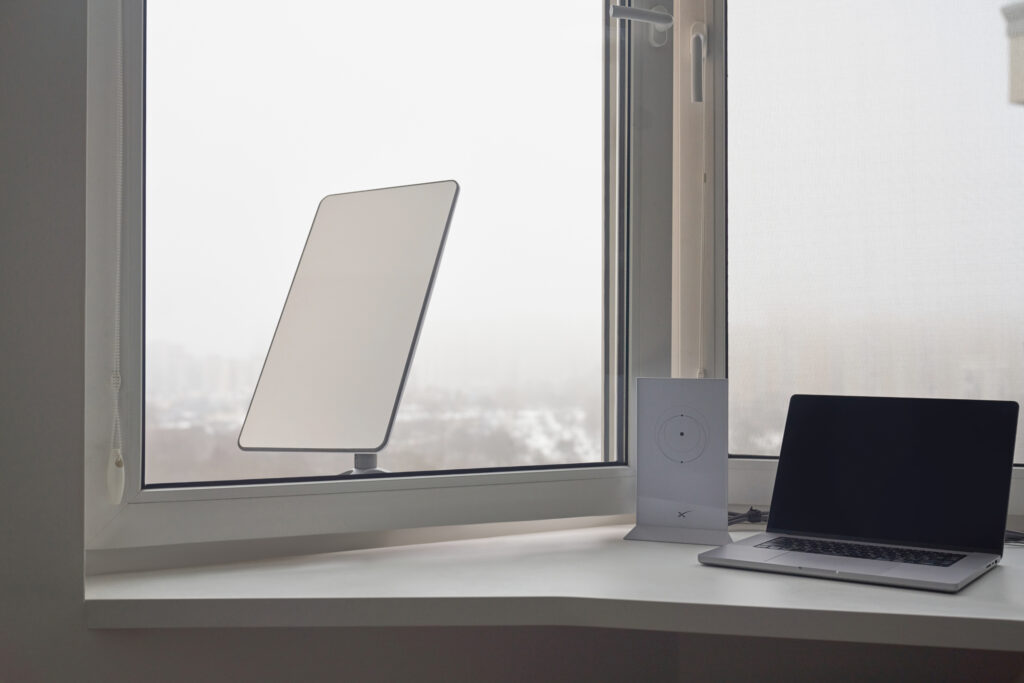I’ve had a lot of trouble with my email the last few months. My newsletter is falling apart. My home email is changing servers–who knows what that will require on my part. My spam folder has had a mental breakdown and never (ever) works correctly. And, my internet services are suffering more than their usual annoying level of quirks and breaks.
I’m looking for a change. There’s one big option I’ve been watching for a few years: Starlink. It doesn’t use fiber or cable–it runs off satellites. I haven’t pulled the trigger (it requires geeky setup and a substantial startup fee), but every year, after every internet and email problem, it gets more interesting. Starlink probably won’t fix my email problems, but it might put a dent in my internet issues. Several friends and efriends use it and are thrilled with it. Liesbet over at Roaming About, a self-proclaimed nomad, happily roaming about South America, switched to Starlink and loves it.
One of the reasons I don’t make the switch is it’s not easy (and I like easy). It costs something like $600 in equipment and the monthly fee is somewhere around $150-$200, but to get away from the Earth-based internet problems that can be hacked, cracked, and virused is appealing.
What is Starlink
In a nutshell, Starlink is the brainchild of Elon Musk, the man who is the poster child for EVs and the current international leader in space flight, SpaceX (he also owns X/Twitter, but that’s a story for another day). Starlink is a satellite internet system developed by SpaceX. Since Starlink operates off satellites, it’s available anywhere his 2500+ satellites can reach.
Why select Starlink over other internet options?
Being satellite based means Starlink is available in many areas not serviced by cable, DSL, fiber, or 5G. Right now, that includes North America, much of South America, Europe, Australia, and Japan–with increasing coverage in Asia and Africa. Here are a few reasons why users select Starlink over other options:
- they live in rural areas
- they work remotely and need reliable mobile internet access
- they spend a lot of time on boats, RVs, or similar
- they are outdoorsmen that hike/explore remote areas and want to be in touch for emergencies
- they are on airplanes a lot and need to stay in touch while flying
- they believe in satellite phones
Here are seven reasons ChatGPT suggests using Starlink:
- Emergency Connectivity: In areas prone to natural disasters or emergencies
- Maritime Connectivity: offers internet connectivity for maritime vessels even in the middle of oceans
- Aviation Connectivity: can be utilized inflight
- Remote Work and Education: for individuals working or studying from remote locations
- Telemedicine: facilitates telemedicine in remote areas enabling consultations, medical imaging, and access to online medical resources
- Agricultural Monitoring: for real-time monitoring of crops, weather data analysis, and precision agriculture applications
- Disaster Response and Recovery: can quickly deploy temporary internet infrastructure to support disaster response teams
Anyone use Starlink? I’d love to hear your experiences.
–image credit Deposit Photos
Here’s the sign-up link if the image above doesn’t work:
https://forms.aweber.com/form/07/1910174607.htm
Copyright ©2024 worddreams.wordpress.com – All rights reserved.
“The content presented in this blog is the result of my creative imagination and not intended for use, reproduction, or incorporation into any artificial intelligence training or machine learning systems without prior written consent from the author.”
Jacqui Murray has been teaching K-18 technology for 30 years. She is the editor/author of over a hundred tech ed resources including a K-12 technology curriculum, K-8 keyboard curriculum, K-8 Digital Citizenship curriculum. She is an adjunct professor in tech ed, Master Teacher, webmaster for four blogs, CSTA presentation reviewer, freelance journalist on tech ed topics, contributor to NEA Today, and author of the tech thrillers, To Hunt a Sub and Twenty-four Days. You can find her resources at Structured Learning.









































I’m on a list for it, and for optic cable. I will take either. Both work well in our area.
That’s interesting. I didn’t know there was a waiting list. I’d love to hear how it works out.
I signed up at their website after it decided that I was available and put a deposit down. I will be charged the rest when my turn comes 🙂
It sounds great. I’ve believe I’ve used it on airplanes (via the airline) but not for myself. It certainly would be useful when you visit remote areas, like parts of northern Sweden. I hate losing the 5G/4G.
I just finished a book about an extreme photographer who went lots of places there was no connectivity. This would be perfect.
Hi Jacqui,
Thanks for the shout-out. Yes, we love our Starlink and use it every day – for work, research, staying in touch with friends and family, Google Voice calls, listening to music while driving. It has been amazing and a game changer in our nomadic lives on the road. If we ever sail again, we’d install Starlink as well.
Since we bought the equipment in Peru and registered it there as well, the fees are cheaper than in the US. We still paid around $500 for the equipment, but the monthly fee is $70. Well worth it for us as it takes a huge amount of stress away in an already challenging lifestyle.
By the way, Starlink is easy to install in a house. You just plug it in! 🙂